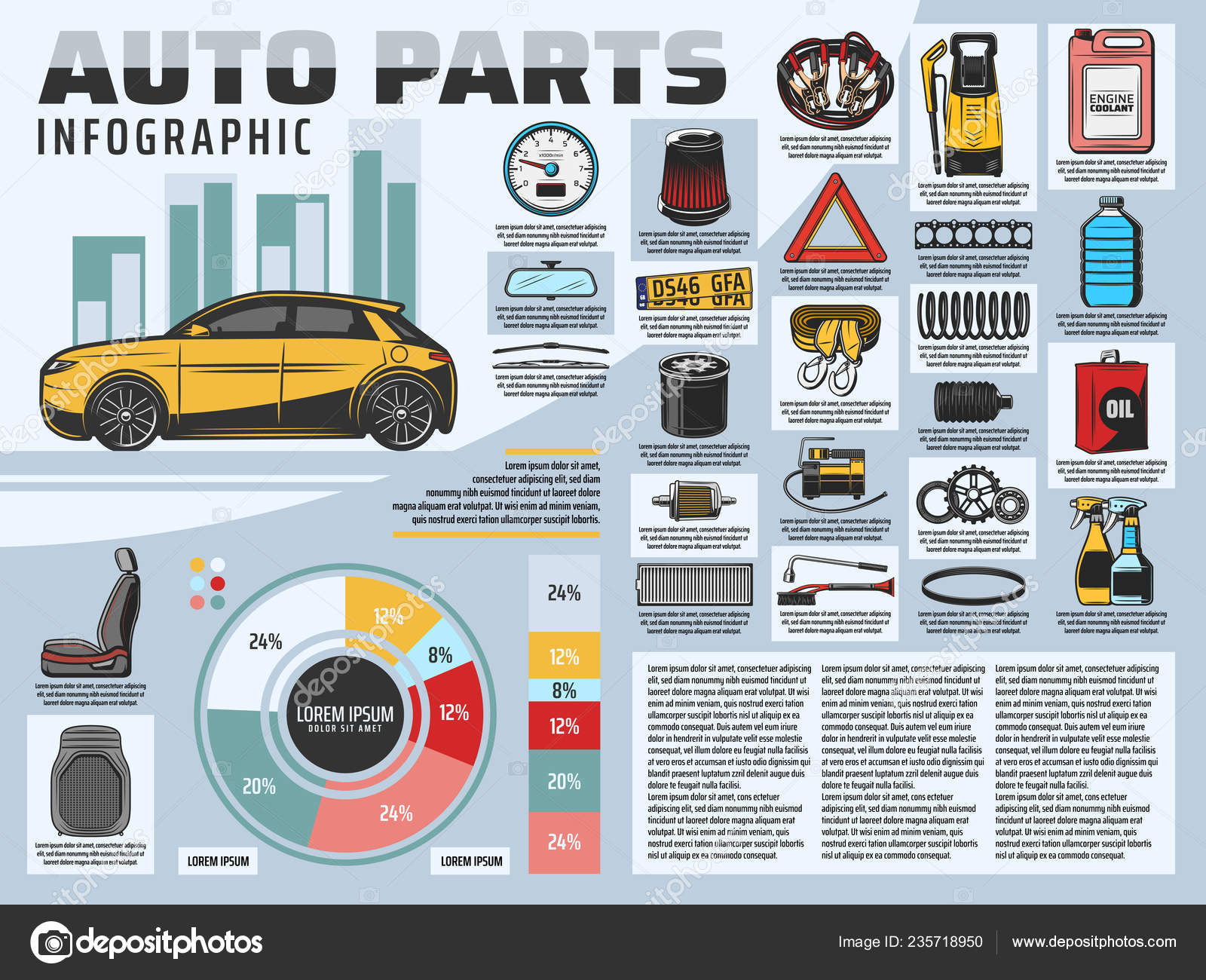Eager To Understand What The Control Panel Caution Lights In Your Cars And Truck Indicate? Discover Their Meanings For The Health And Security Of Your Automobile
Eager To Understand What The Control Panel Caution Lights In Your Cars And Truck Indicate? Discover Their Meanings For The Health And Security Of Your Automobile
Blog Article
Short Article Writer-Samuelsen Torres
When you lag the wheel, those glowing warning lights on your dashboard can be a bit puzzling. Do you recognize what they're trying to tell you regarding your cars and truck's health? Comprehending the relevance of these lights is essential for your safety and the durability of your vehicle. So, the following time one of those lights pops up, would not you intend to understand its message precisely and take the required steps to resolve it?
Common Warning Lighting and Interpretations
Recognize typical caution lights in your vehicle and understand their definitions to make certain safe driving.
One of the most regular warning lights consist of the check engine light, which signifies problems with the engine or emissions system. If this light begins, it's essential to have your lorry inspected quickly.
The oil stress alerting light shows reduced oil stress, requiring instant focus to avoid engine damages.
A blinking battery light may recommend a faulty charging system, potentially leaving you stranded otherwise attended to.
The tire stress monitoring system (TPMS) light alerts you to low tire stress, impacting vehicle security and fuel effectiveness. Overlooking this might result in dangerous driving problems.
https://www.prnewswire.com/news-releases/next-insurance-now-covers-auto-services--repair-industry-as-company-continues-to-expand-support-for-small-businesses-301473579.html indicates a trouble with the anti-lock stopping system, jeopardizing your capacity to quit promptly in emergency situations.
Last but not least, the coolant temperature level warning light warns of engine getting too hot, which can result in severe damages otherwise solved swiftly.
Comprehending car detailing pet hair removal near me will certainly assist you resolve issues immediately and preserve safe driving conditions.
Importance of Prompt Interest
Understanding the typical caution lights in your auto is only the very first step; the relevance of immediately attending to these warnings can't be stressed enough to guarantee your safety and security on the road.
When a caution light brightens on your dashboard, it's your automobile's way of interacting a prospective issue that requires focus. Ignoring these warnings can lead to a lot more serious troubles in the future, jeopardizing your safety and possibly costing you extra in repairs.
Trigger focus to cautioning lights can protect against breakdowns and mishaps. For example, a flashing check engine light could indicate a misfire that, if left neglected, can trigger damage to the catalytic converter. Resolving this immediately can conserve you from a costly repair.
In a similar way, a brake system warning light might indicate low brake fluid or worn brake pads, critical parts for your safety and security when driving.
DIY Troubleshooting Tips
If you observe a caution light on your control panel, there are a few do it yourself fixing pointers you can attempt before looking for professional help.
The first step is to consult your auto's handbook to recognize what the particular caution light indicates. In some cases the problem can be as straightforward as a loose gas cap setting off the check engine light. Tightening the gas cap may settle the issue.
One more common concern is a reduced battery, which can trigger different alerting lights. Inspecting the battery links for rust and guaranteeing they're safe could take care of the issue.
If a caution light lingers, you can try resetting it by detaching the auto's battery for a few mins and then reconnecting it. Furthermore, examining your vehicle's liquid levels, such as oil, coolant, and brake liquid, can aid repair advising lights connected to these systems.
Final thought
Finally, comprehending your car's warning lights is necessary for keeping your vehicle running efficiently and safely. By immediately addressing these signals and recognizing what they suggest, you can avoid pricey fixings and potential break downs.
Remember to consult your vehicle's handbook for particular details on each advising light and take action accordingly to make sure a trouble-free driving experience.
Remain educated, stay secure when driving!
